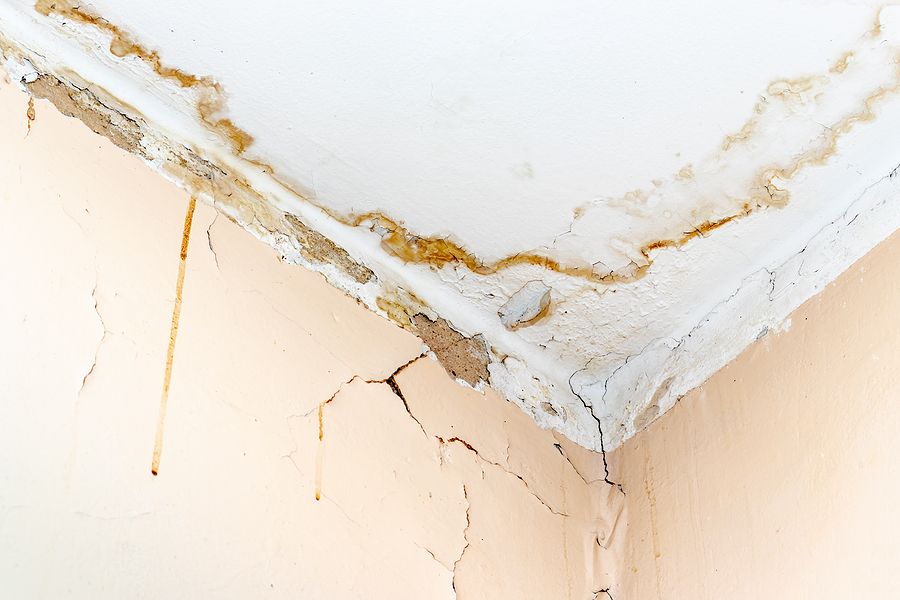Your Home's Common Common Factors of Leakage: Detailed Examination
Your Home's Common Common Factors of Leakage: Detailed Examination
Blog Article
They are making a few good pointers on the subject of How to detect water leaks in your home overall in this post on the next paragraphs.

Leakages not just create waste of water however can additionally cause unneeded damages to your home and advertise undesirable organic development. By looking and also understanding for everyday situations that trigger leaks, you can protect your residence from future leaks and also unneeded damage.
Encroaching origins
Most water leaks begin outside the home rather than inside it. You might discover damp spots or sinkholes in your lawn, as well as that may suggest that tree origins are invading water lines causing water to seep out.
Rusty water supply
As time goes by, your plumbing system ages and also corrosion such as rust might begin gnawing the pipes. This may be the root cause of staining or bending on your water pipes. This calls for an assessment with your plumber promptly. Consider changing the pipelines given that they are at a greater danger of corrosion than the newer designs if our plumbing system is old.
Malfunctioning Pipeline Joints
The factor at which your pipelines attach is frequently the weakest link in the waterline. Pipeline joints can degrade in time, leading to water leakages. The majority of pipe joints are not quickly visible. If you have noisy pipelines that make ticking or banging noises, especially when the warm water is switched on, your pipe joints are probably under a great deal of stress. It is a good idea to have your plumber evaluate your system once a year.
Instant temperature level modifications.
Severe temperature changes in our pipelines can create them to increase and get all of a sudden. This expansion and tightening may cause splits in the pipes, specifically if the temperature are listed below cold.
Poor Water Connectors
At times, a leakage can be caused by loosened hose pipes and pipes that provide your appliances. In instance of a water links leakage, you may see water running straight from the supply line or puddles around your appliances.
Obstructed Drains
Clogged drains pipes could be aggravating and inconveniencing, yet they can occasionally wind up creating an overflow leading to break pipes. Keep eliminating any products that might drop your drains pipes that can obstruct them to avoid such troubles.
All the above are causes of leaks but not all water leakages result from plumbing leakages; some leakages may originate from roof covering leakages. All leakages need to be fixed right away to stay clear of water damage.
Leakages not only trigger waste of water but can also cause unnecessary damage to your residence as well as promote undesirable natural development. By understanding and also looking for daily situations that trigger leakages, you can shield your home from future leaks as well as unneeded damages. Today, we will certainly look at six leak causes that might be triggering your pipes to leak.
At times, a leakage can be created by loosened hoses and pipes that provide your devices. In case of a water links leak, you may notice water running straight from the supply line or pools around your home appliances.
How To Check For Water Leak In Your Home
How To Check for Leaks
The average household's leaks can account for nearly 10,000 gallons of water wasted every year and ten percent of homes have leaks that waste 90 gallons or more per day. Common types of leaks found in the home are worn toilet flappers, dripping faucets, and other leaking valves. These types of leaks are often easy to fix, requiring only a few tools and hardware that can pay for themselves in water savings. Fixing easily corrected household water leaks can save homeowners about 10 percent on their water bills.
To check for leaks in your home, you first need to determine whether you're wasting water and then identify the source of the leak. Here are some tips for finding leaks:
Take a look at your water usage during a colder month, such as January or February. If a family of four exceeds 12,000 gallons per month, there are serious leaks.
Check your water meter before and after a two-hour period when no water is being used. If the meter changes at all, you probably have a leak.
Identify toilet leaks by placing a drop of food coloring in the toilet tank. If any color shows up in the bowl after 10 minutes, you have a leak. (Be sure to flush immediately after the experiment to avoid staining the tank.)
Examine faucet gaskets and pipe fittings for any water on the outside of the pipe to check for surface leaks.
Undetected water leaks can happen without the home or business owner even realizing. If you suspect a water leak, but not able to find the source. It is time to contact a professional water leak detection service, The Leak Doctor.
How To Find a Water Leak In Your Home
https://www.leakdoctor.com/blog/How-To-Check-For-Water-Leak-In-Your-Home_AE197.html

Hopefully you liked our article about How to Find Water Leaks. Thanks a lot for taking time to read our blog post. Feel free to take the time to share this write-up if you appreciated it. I value reading our article about How to Find Water Leaks.
Ensure plumbing integrity; reach out. Report this page